Events
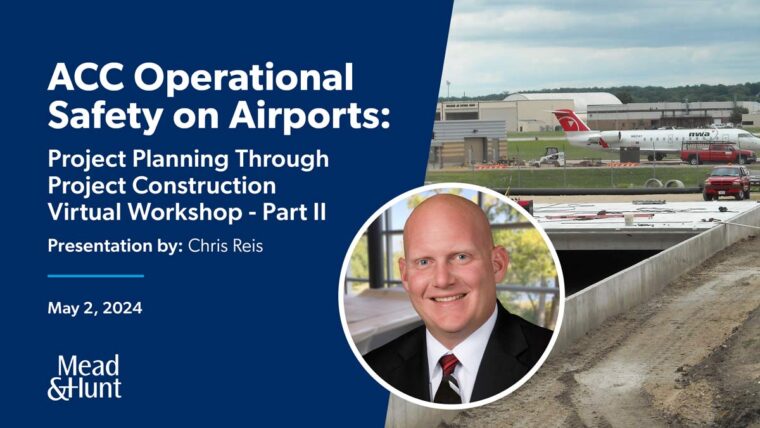
ACC Operational Safety on Airports: Project Planning Through Project Construction Virtual Workshop – Part II
Join National Practice Leader Chris Reis as he moderates the ACC Operational Safety on Airports Virtual Workshop on May 2.
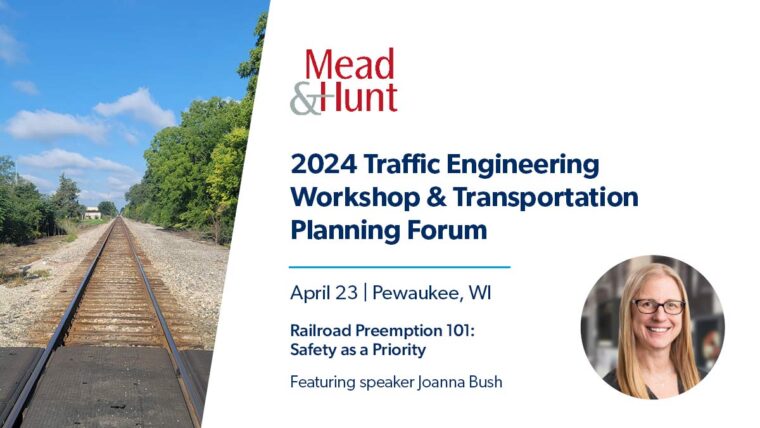
2024 Traffic Engineering Workshop & Transportation Planning Forum
Joanna Bush will present on railroad preemption at the ITE Wisconsin’s annual Traffic Engineering Workshop and Transportation Planning Forum on April 23.
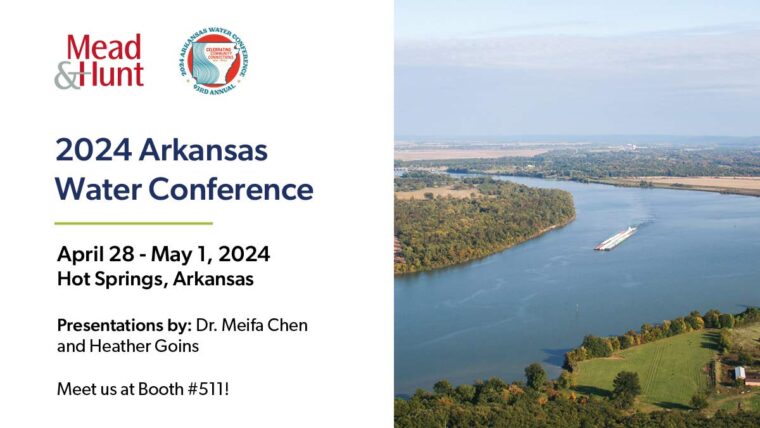
2024 Arkansas Water Conference
Join on April 29 for presentations from One Water team members during the 2024 Arkansas Water Conference in Hot Springs, AR.
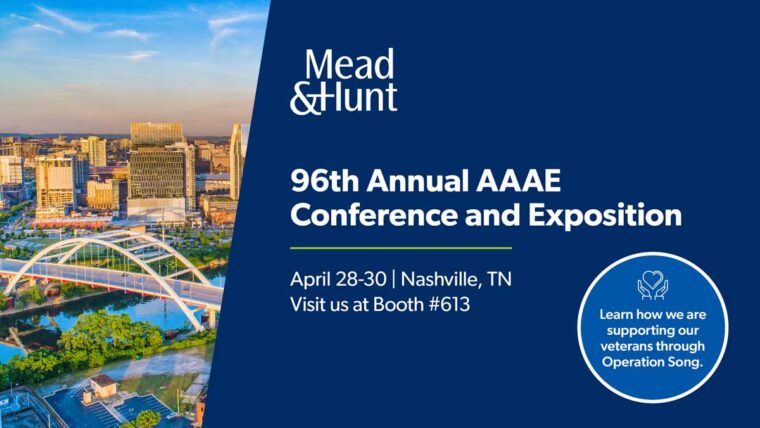
96th Annual AAAE Conference and Exposition
Mead & Hunt will be at the 96th Annual AAAE Conference in Nashville Tennessee, April 28-30. Come visit us at Booth 613!
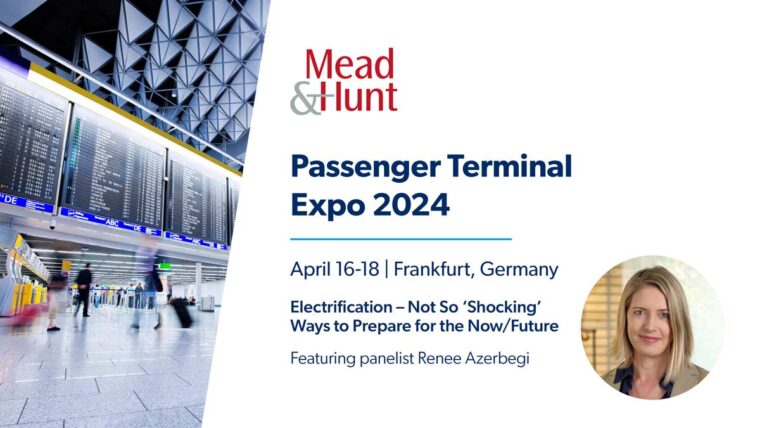
Passenger Terminal Expo 2024
Renee Azerbegi will participate in an electrification panel on April 18 during the Passenger Terminal Expo in Frankfurt, Germany.
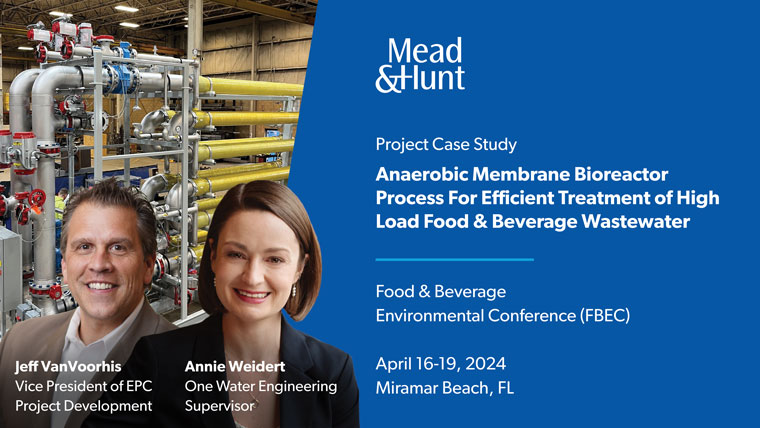
2024 Food & Beverage Environmental Conference (FBEC)
Join Jeff VanVoorhis and Annie Wiedert at the 2024 Food & Beverage Environmental Conference, April 16-19 in Miramar Beach, FL.
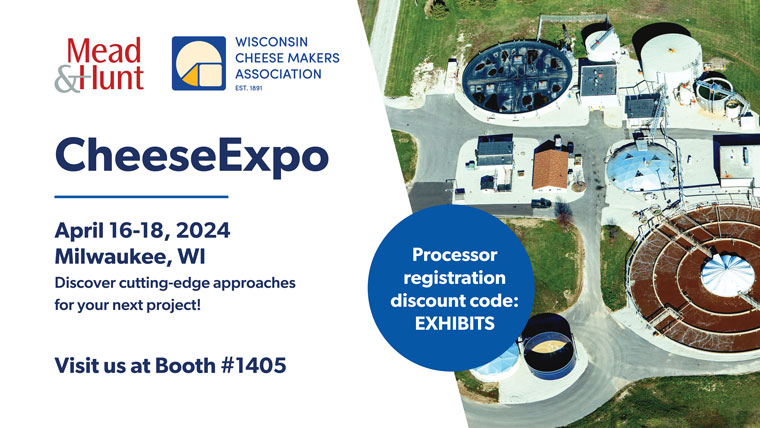
2024 Cheese Expo
Join us at the 2024 CheeseExpo, April 17-18 in Milwaukee, to learn how we can get you on the road to net-zero.

2024 Texas Water
We’re excited to present at 5 sessions during 2024 Texas Water, April 9-12 in Fort Worth, TX.

ACC Operational Safety on Airports: Project Planning Through Project Construction Virtual Workshop – Part I
Join National Practice Leader Chris Reis as he moderates the ACC Operational Safety on Airports Virtual Workshop on April 4.
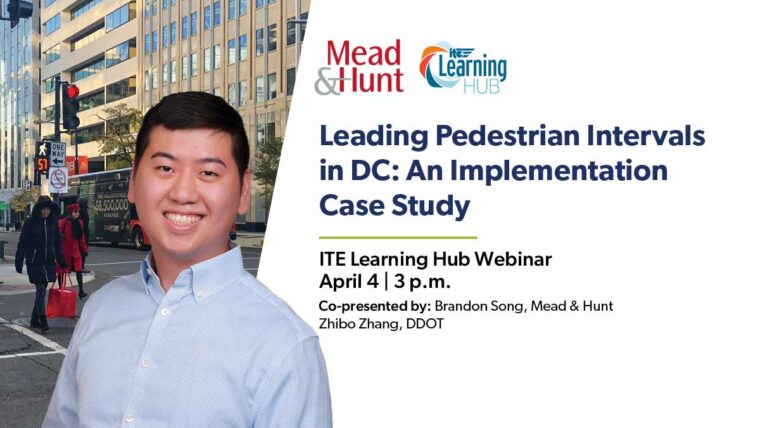
ITE Learning Hub Webinar: Leading Pedestrian Intervals and Addressing the Impact on Safety
Brandon Song will co-present a session on DC’s LPI policy and implementation during the ITE Learning Hub Webinar on April 4.
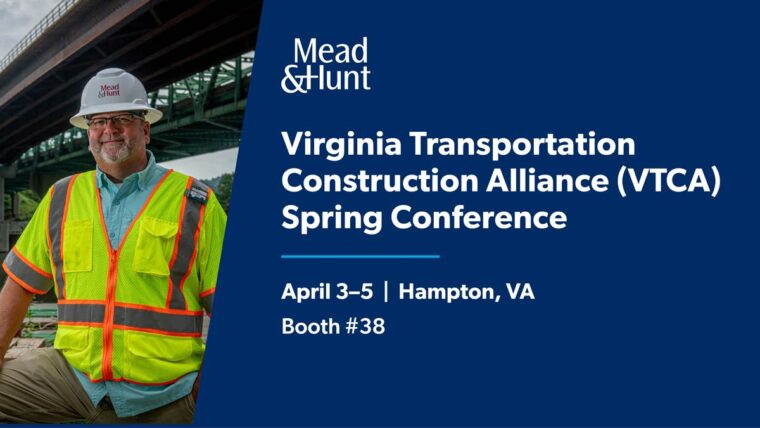
Virginia Transportation Construction Alliance (VTCA) Spring Transportation Conference
Stop by Booth #38 at the VTCA Spring Transportation Conference and Tradeshow, April 3-5 in Hampton, VA.

2024 APWA Florida Chapter Public Works Expo
Join us for sessions on renewable energy and asset funding at the APWA Florida Chapter Public Works Expo, April 2-5 in Daytona Beach.

